-
Posts
1,035 -
Joined
-
Last visited
Content Type
Profiles
Forums
Downloads
Posts posted by Chas
-
-
They're very rare, especially a complete system. According to the internet (i.e. not confirmed), only 100 were ever made.
They're based on similar Vowel Consonant sound hardware as used in the MT65/ 68, CT405 and some other related Casio models circa 1983/ 4.
Someone in the Casio Freaks Facebook group picked one up within the last year or so. He lives in the Czech Republic. A partial system turned up in New York last year, and another partial system came up for sale in CA or AZ (I forget exactly).
Good luck with finding one, I've had it in my saved search list for years with no luck.
-
 1
1
-
-
With the CZ101 and 1000, "Tone Mix" should've been called "Unison". Most other synths of that era had a Unison mode that stacked all the oscillators for a big fat monophonic sound. Great for basses and leads 👍
-
 1
1
-
-
If it helps, here's a picture of my CT-S1000V alongside a 1974 K. Kawai acoustic Grand Piano (8 or 9 feet long, I forget the size).
With the left hand end of the pictured CT-S keyboard aligned with the Kawai, at the right hand end, this is the difference:
Over five octaves, the overall difference of the keyboard width between a Kawai acoustic Grand Piano and a Casiotone CT-S keyboard is about 5mm/ 0.5 centimeter. That works out as a difference of 1mm per octave.
That really is such a tiny difference that without seeing the CT-S keyboard next to an acoustic piano keyboard, I really don't think most pianists would notice.
At the end of the day, best thing is to go and try a CT-S and see if it feels comfortable to you. Also bear in mind that the CT-S doesn't have hammer action or weighted keys that an acoustic piano would have. Looking at the Roland Go piano specifications, those don't have those features either. Like the CT-S1 and some other CT-S models, the Roland has velocity sensitive keys that would put it more into "synth action" rather than genuine piano hammer action weighted keys. If you want hammer action and weighted keys, you'll need to look at dedicated electric pianos that cost a lot more than a CT-S1. Casio have a whole line of highly rated pianos , such as their Privia, CDP and Celviano range for that purpose.-
 2
2
-
-
Among my large collection of keyboards and synths, I have a modern Casiotone CT-S1000V and also a CT-S300. I also have a 1980 CT-201, the first ever Casio keyboard model. My other half, who is a professional classically trained pianist and accompanist, has a 1974 K. Kawai Grand Piano at home and a Casio Privia portable electric piano (with hammer action and weighted keys) for when a portable piano is needed. We have switched between all of these keyboards and never once has it been felt that the Casiotones weren't full sized keys. My partner has also played my Casios/ Casiotones on my recordings (when I needed a (much) better/ more skilled keyboard player), and never had an issue with their key size.
Sunshine, the quoted part in your post says:
"The standard dimensions of piano keys are generally consistent across most acoustic pianos. The white keys have an approximate length of 6.5 inches (16.5 cm)".
Note the emphasis on "generally consistent", which indicates some minor variation is acceptable. In other words, the difference of 1 - 2mm in width over an octave is insignificant and would fall within accepted tolerances.
I can guarantee you that in a blind test, even an experienced pianist would not be able to notice such a small difference in key width. What they WOULD notice is the key texture and key action/ feel. Those are far more important considerations than a 1mm difference in octave width.
To be honest, you are attempting to highlight a problem that simply does not exist.
-
 2
2
-
-
Those RIFA film capacitors are a well known failure issue in many old electronic devices, and are often referred to as "RIFA Bombs" by those in electronics. My own CT403 also suffered the (quite spectacular!) exploding RIFA power supply capacitor - I never knew that such a small component could produce so much smoke! Interestingly, even while billowing smoke my 403 was still functioning and producing sound until I hurriedly hit the power switch. Luckily for me, a replacement (and better quality) capacitor soon had my 403 up and running fine again, and has worked without issue ever since.
Unfortunately, I can't offer much more than what you've already found out with the 401 you're working on. However, I did see recently someone with a similar issue with an MT65 (I think). It too was not producing sound correctly, with just some very faint evidence of the rhythm/ accomp. section coming through among a bunch of noise. IIRC, it turned out to be the DAC (or Sample & Hold, I forget which) downstream of the LSI, and once that was replaced, it was all working again. I can't for the life of me find that exact post though...
BTW, the 401 might be more valuable than you think as it is one of the models that has the now famous Michael Jackson "Frog" preset Tone!
-
 1
1
-
-
On 3/19/2024 at 7:42 AM, Shakaboyd said:
Ok, thanks. I'll buy it for replacement part. Still wondering how to make Tone Memory feature works again.
Before investigating how to make the Tone Memory feature work again, it would be more logical to ensure that the circuit is fitted with the correct components. In that earlier picture you posted, someone has replaced a capacitor for one with an incorrect rating (the correct rating is shown printed on the PCB). That could cause all sorts of problems/ faults elsewhere, and also begs the question as to why the capacitor was replaced in the first place, and why an incorrect capacitor was fitted. Also worth bearing in mind that a lot of very early Casios/ Casiotones didn't have battery backed memory, with the memory only being retained while the unit was switched on. Quite often that volatile temporary memory was retained by the charge stored in a capacitor(s), and as your unit has a smaller value capacitor fitted, who knows if that might be the issue?
Replace that capacitor for one with the correct rating, and double check the rest of the circuit board to see if anything else has been replaced. Then see if the Tone Memory feature starts working again.
-
I answered this a couple of days ago in the Classic Casio section, and also uploaded my PDF copy to the files section:
-
 1
1
-
-
The above video was for most of my musical instrument audio cables. I still have piles of old computer and Audio/ Video cables in various places!
-
On 3/5/2024 at 2:03 PM, Pablo_CTK1000 said:
Hello, could you share a link to download the CTK 1000 manual please? Yesterday I was fortunate enough to acquire one in good condition but without the user manual, greetings from Chile!
I've uploaded my PDF copy to the Downloads section of the forum. See link below:
-
 1
1
-
-
I just uploaded a shorts video for the many of us that struggle to keep lots of different cables organised. Practical tips from Casio Chaos Theory!
-
 2
2
-
-
On 2/29/2024 at 6:30 PM, Jokeyman123 said:
More importantly, another fan of Father Ted are you? So many hysterically funny episodes. "I Shot JR" shirt -Father Ted, I killed a man..... "You don't believe any of that stuff do you Ted? What stuff Dougal? You know, the afterlife and all that....
FreeVee is running all the episodes, one of the few comedies I can watch over and over. I guess one could forgive Stewart Copland for getting Casios mixed up, if he did. Damn fine drummer, he. Liked to tune his kits up high pitches to get that nice Reggae sound.
Yup! Love Father Ted! Brilliant series, and still so very funny. "Careful now. Down with this sort of thing"! 😂
Not sure who's to blame for showing a picture of a Casiotone M10 in the Rick Beato Shorts video, as I don't recall Stewart mentioning the actual model name in the interview itself. Then Music Radar picked up on it and starts "revealing" that it was an M10 used by Sting after seeing it in the Rick Beato video! This is how misinformation gets embedded into the public conscience... A similar thing happened when Anthony Marinelli used a Casiotone 401 for the Michael Jackson Thriller "Frog" sound. Even though Anthony did state in the Part 1 Frog video that he believed that there was another Casio keyboard with the Frog preset used on Thriller, far too many people only watched the first part and were now firmly convinced that it was a 401. Even though Anthony followed up with Part 2 making it very clear that it was an MT60 that was used on Thriller.
Still, thanks to Music Radar linking to my M10 YouTube video in their online article, my video on YouTube got a nice boost in views! 😀
-
At approx. @19.30, I show the steps for transferring a set of lyrics from the phone app to the S1000V. Check that you are following the same steps and that the S1000V is responding in the same way when you try to do this.
-
 2
2
-
-
Here's the article (mis)stating that Sting used the M10 to provide the rhythms that inspired Spirits in the Material World!
https://www.musicradar.com/news/the-police-stewart-copleand-spirits-in-the-material-world
-
I've made a YouTube #shorts video to try and clarify what Casio keyboard might have been used by Sting, because in the Rick Beato shorts video above, they showed a Casiotone M10. The M10 has no rhythms or drums, so it can't have been the keyboard used by Sting as Stewart described him playing the built in rhythms! I've also just read an online article Music Radar article stating that the keyboard was an M10, so no doubt this incorrect information could spread very quickly!
-
XW-PD1 can also sample.
IIRC, the CTK2000 has some very basic sampling features.
The vintage SK series are excellent lo-fi mini samplers.
And of course, the epic 1980s FZ series (FZ-1, FZ-10M, FZ-20M) are wonderful old school samplers.
-
Not so much a sighting as a mention. The Rick Beato YouTube channel interviewed Stuart Copeland of The Police, and it appears that the song "Spirits in the Material World" was inspired by a rhythm in a little Casio keyboard!
-
 1
1
-
-
Older Casios commonly had a tuning potentiometer for fine tuning their pitch. That's literally all that "tuning screw" is, a mini potentiometer mounted on the circuit board.
Sometimes they get damaged by heavy handed people/ kids shoving screwdrivers into the recessed hole without using care (I found this on a damaged PT80 I bought a few years back), and it's also possibly that the potentiometer tracks and/ or wipers have oxidized over the years causing poor/ no connection.
Best thing to do is open up your MT52 and have a look for any obvious damage or oxidization. You could also use a multimeter and test the resistance in operation. A simple clean might get it working again. Worst case is you might need to replace it, which is normally quite easy if you have basic soldering iron skills. Often you can find the value marked on the potentiometer making it easy to find generic replacements online.
-
 1
1
-
-
Here's a quick video of my XW-PD1 able to play its sequenced bass line via a Casio CZ101!
-
 2
2
-
-
15 hours ago, Shaunaflynn said:
All I thought was that banjo and accordion belonged to country music, and I never realized they work well on Metal.
Wait until you see how well a cello works with Death Metal!
-
More progress!
After using the XW-PD1 as a standalone drum machine for my Michael Jackson "Thriller" recreation clip, I wanted to see if there was a way I could incorporate it into a multi-keyboard setup that was all linked together. As many of us know, the PD1 does not send or receive MIDI clock or sync, and it operates via USB MIDI only. What I want to somehow do, is to run a beat/ sequence with the PD1 and also link it up with other keyboards so that they all play together.
After delving into its workflow and features, I find that the PD1's 4 x "Banks" are effectively independent "Tracks", with each Bank able transmit on its own MIDI channel, 1 to 4. What that means is that the PD1 can operate like a 4 track sequencer as per a song with 4 different parts in it. It could also operate kind of like an Arturia Beatstep Pro controller, IF I could get it talking with other devices!
More delving into USB MIDI and stuff, and I was already aware that USB MIDI devices need a "host", whereas many of my older keyboards have the traditional 5 pin DIN MIDI connectors. My sound interface (a Behringer UMC404HD) also has 5 pin MIDI In and Out sockets, and it is connected to my main desktop workstation computer. How do I get my PD1's USB MIDI to talk to the MIDI DIN sockets on my sound interface? A bit of searching online uncovered an old (and free program) called "MIDI Patchbay" by Soundigy, that allows you to re-route MIDI via the computer acting as a host. I connected my PD1 to a USB port on my desktop, and also connected my CZ101 to the UMC404HD sound interface MIDI DIN "Out" port, and joy of joys, by setting the receive channel on my CZ101 from 1 to 4, I was able to get it playing any of the four banks being played/ sent by the PD1! What I then wanted to try was to daisy chain my HT700 in series so that I could get that playing one of the other PD1 banks simultaneously with the CZ101, via the CZ101's MIDI Out port. The idea being that I could program drums, bass, leads, and pads into the 4 individual banks of the PD1, and use the PD1 to play up to 4 other devices at once.
However, I ran into limitations with the CZ101 and HT700 as both only have MIDI In and Out, not Thru. I read somewhere that some devices still forward the original MIDI message plus anything generated by that keyboard to their MIDI Out ports, whereas others ONLY send new information generated by that keyboard through their MIDI Out port, necessitating a MIDI Thru port to pass through the original MIDI data to a device further down the chain. Looks like the CZ101 and HT700 do not forward the originally received MIDI messages to their Out ports.
My understanding now is that to have my PD1 controlling more than one keyboard over MIDI DIN and without having MIDI Thru ports, I will need to get a MIDI Interface with multiple In/ Out DIN ports. Also, with a multiple In/ Out MIDI interface, I could then use a laptop as a host and keep my desktop workstation PC with the DAW installed as a recording device to capture the audio of the PD1 and other connected keyboards.
After all this, I can see why some people are not fans of USB MIDI and prefer the direct standalone aspect of traditional 5 pin DIN MIDI. On the other hand, I can see the greater potential of USB MIDI, whereby a MIDI host can re-route multiple connections via software and is not limited to 16 channels. There is an added complexity of course, but there are definitely added benefits. I'd better get that multi port MIDI interface on order....!
-
On 1/30/2024 at 7:56 PM, AlenK said:
Great influences and it sounds like we have similar musical tastes. Ultravox (Midge Ure era) is one of my favorite bands. I used to buy all their albums in the eighties (on vinyl, of course). Rage in Eden is one of their best. “The Voice” is a classic song from it. And of course, Numan and Jarre were great in their day too, although I was a little more selective with them when it came to spending money on albums. Numan is still going strong and seems like a hell of a nice guy to boot, as well as disarmingly modest for a musician with his discography.
Re your composition, I was recently trawling through SoundCloud to see what XW-P1/G1 material I could find. Your song stood out as one of the best tracks, and certainly in my mind the best original composition I could find using the XW synths.
We have very similar tastes, and I'm guessing we are probably similar in age going by the music we grew up with!
In the first half of the 80s, Ultravox were my favourite band and I was buying all their albums and singles on vinyl (I still have them all). However, they lost me with their 1986 U-Vox album, which going by Midge's biography, even the band realised was a mistake (Midge himself stated that they should've called it "U-Bend" as that's where it belonged!) Luckily they did make amends decades later when they reformed for their "Return to Eden" tours, and though it's not quite at the level of their best work, their final "Brilliant" album was a better way to close the book than "U-Vox"! I saw them quite a few times for the three reunion tours, which in hindsight was a good thing as it looks like they are finished for good now. I also like the John Foxx era Ultravox, with Systems of Romance being one of my all time favourite albums, along with with the Midge era Rage in Eden. I can never understand some of the fans that act as if you can only like one version or the other, and that blame Midge for continuing the band when asked to join by Billy, Chris and Warren. I also felt that if anything it was John's fault, because if he hadn't left the band high and dry then Midge would never have been able to join!I was similar to you with Numan and Jarre. I love Numan's "Machine Music" period, but wasn't so keen on what he was doing from the mid 80s onwards. I saw him in 1985 on his "The Fury" tour where he'd gone all slick funk and dressing up like Robert Palmer. Thankfully he continued to evolve and re-invent himself, gaining new respect and acclaim from the mid 90s onwards and he is now recognised as a true pioneer and major influence on many artists and bands. I also follow him on Social Media, and he really does come across as a genuine, down to earth family man who dotes on his family and friends. We definitely need more Numans in this world, and maybe that will happen now that one of his daughters has made the jump into the professional music world. As for Jarre, like many, I loved his Oxygene and Equinoxe albums, and some of the Magnetic Fields album, but I didn't gel so much with his subsequent work. I still respect him though, and admire him for his longevity and also those massive concerts that he performed!
Thanks again for the compliment regarding my "Satellite" track on SoundCloud, though it's pretty rough. I feel that my "Sky Path" track also using my XW-P1 and G1 is the better composition, and that's why I chose that track to make my first ever Music Promo Video! If you haven't heard the slightly tweaked version on my YouTube channel, feel free to check it out 🙂
-
On 1/27/2024 at 11:36 PM, AlenK said:
Okay, I don’t usually necropost, but I gotta ask Chas a question about the pad sound in this _great_ track, which somehow I missed back in 2016. Did the Hex Layer tone use a DSP effect and if so, was it the phaser or a flanger? Whatever was used, it sounds really good.
Wow! I'm kind of chuffed that a track I wrote/ recorded years ago (very roughly I might add) still manages to generate interest! Maybe there's hope for me as a songwriter after all! 😄
To answer your question, I'm 99% certain that the pad sound used in that track is a stock Hex Layer preset called "Sleep State", and looking at page 3 of the XW-P1 Appendix, it's in the Hex Layer Bank P2-2 (Program Change = 22, Bank Select MSB = 97). It is indeed a really good sound and I was using it a lot. I did look into its settings once and there is indeed a Phaser involved, possibly some other DSPs. However, it sounded so good stock I just left it as it was.
The Bass tone was, I'm pretty certain, a custom patch made to sound like an old Moog, and the solo lead sound was most likely a stock Solo Synth MiniMoog style patch. I forget which one exactly, I'd have to fire up my P1 to find out for sure.
I can also remember that the drums were an electro style set being played by my XW-G1's step sequencer, which also played the bass line via the arpeggiator. The XW-P1 played the Sleep State pad sound, and also the MiniMoog style solo in the middle of the song (I switched between the two sounds while recording).It was interesting for me to revisit the track again, and I can really hear which of my influences were coming through. I'd say it was most heavily inspired by the Rage in Eden era Ultravox, especially with the pulsing Moog bass and the strings. Definitely some Numan and Jarre with the string sound also, though overall it sounds most to me in the style of one of the Rage in Eden album tracks.
As some of use have recently rediscovered when revisiting the XW-P1 (check out Mike Martin's demo I posted a few months back), it's still a powerful and great sounding synthesizer all these years later. I might have to dust mine down and get inspired all over again.
-
 1
1
-
-
On 1/27/2024 at 9:16 AM, Riva Lima said:
These are not useful, the search is for service manuals, for maintenance... those mentioned are operating manuals, which are easily found on Google. I just got the service manual, it's above.
I was responding to your post where you said, "Could you repost these service manuals? Or send it to me by email please? stereokromatik@gmail.com" , and you quoted Wee Muse's post where he had uploaded the Service Manual for the MT100. I was also tagged in that post. As both of us had previously uploaded Service Manuals for the MT65/ 68 and also the MT100 in this thread, that are in the forum downloads section, you appeared to be asking us to repost/ upload the same files that were already available for download on the forum.
Thank you for hosting a link to the MT400 Service manual. Ideally, please upload the PDF to the "Downloads" section of CMF so it can be archived and found more easily by anyone using the forum and who might need it.
-
The related models I mentioned all share very similar circuitry, so chances are they could also have the Hitachi HD chip that you are looking for. Outside of that, a Google search of the part number may come up with a suitable source.

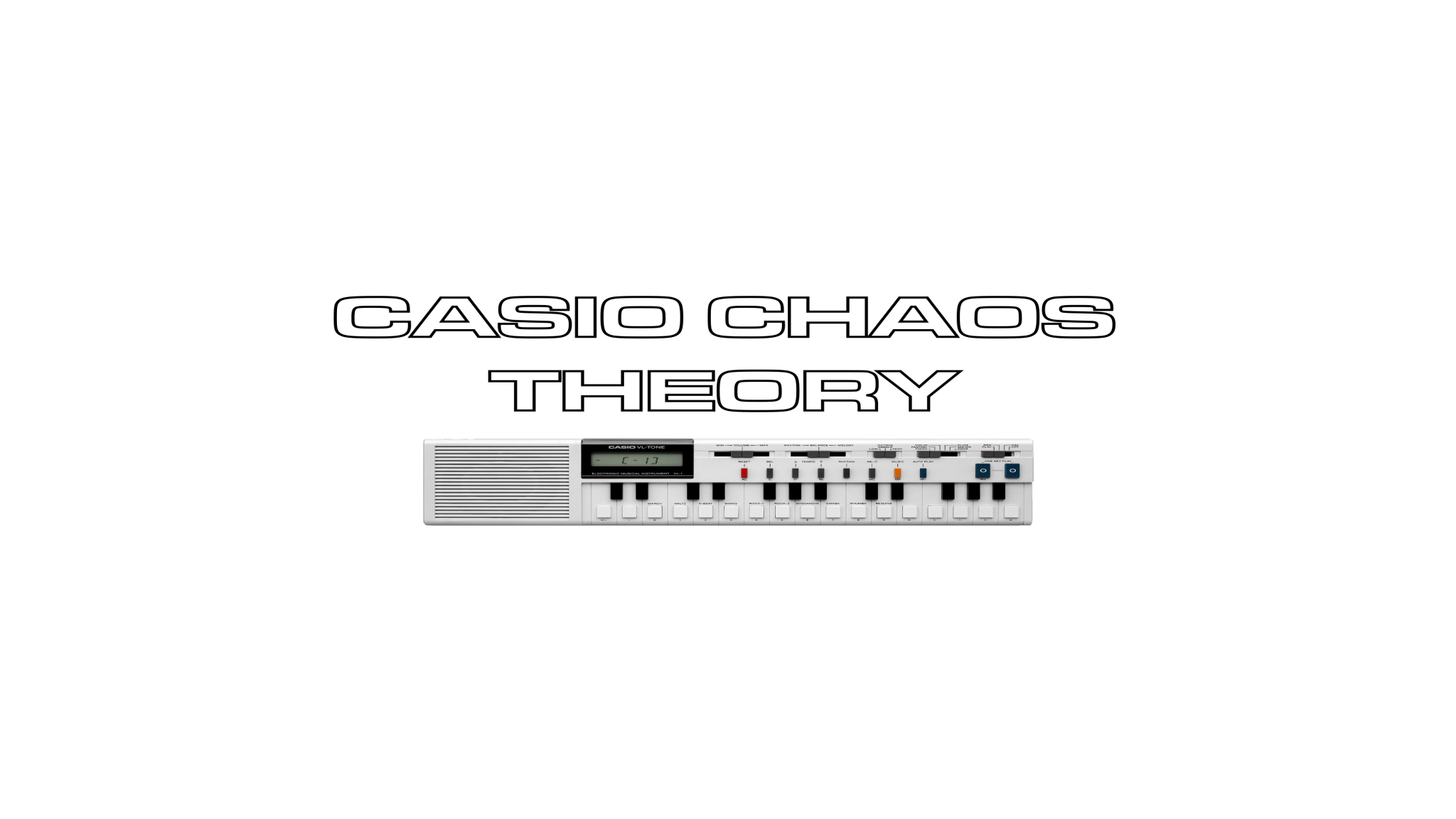
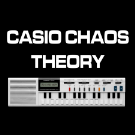
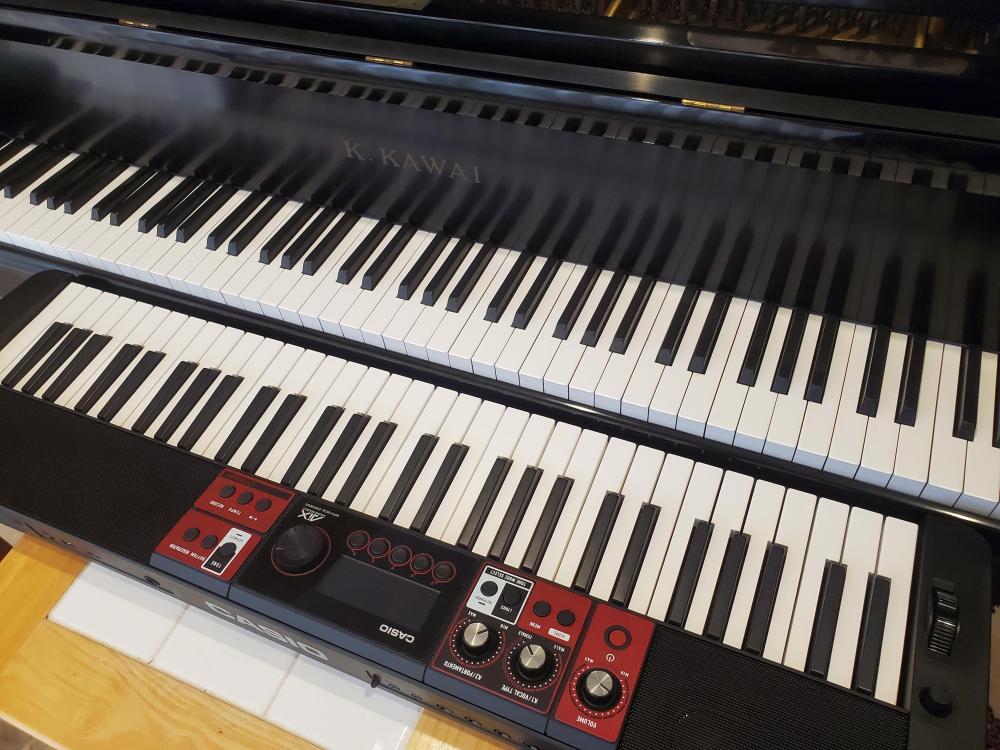
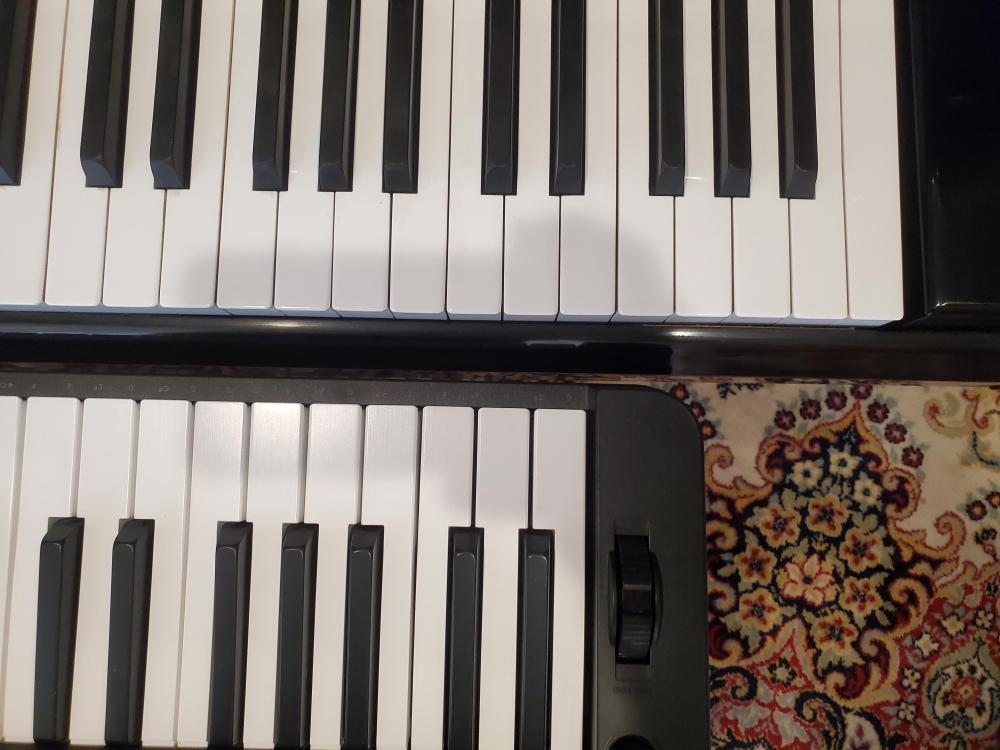
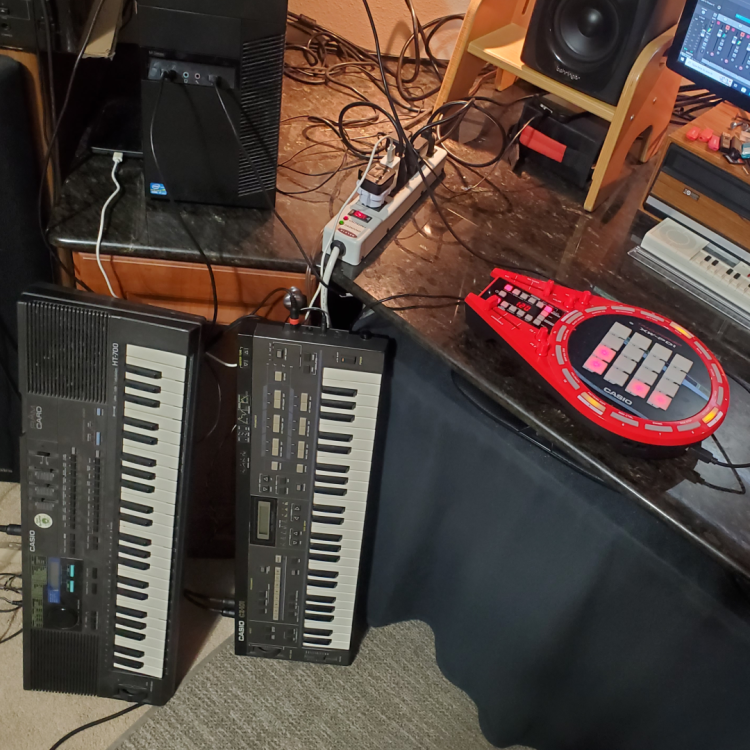
MT-400V diagram and parts lists
in Classic Casio Discussion
Posted
The MT400V Service Notes are available in the Downloads section of CMF: